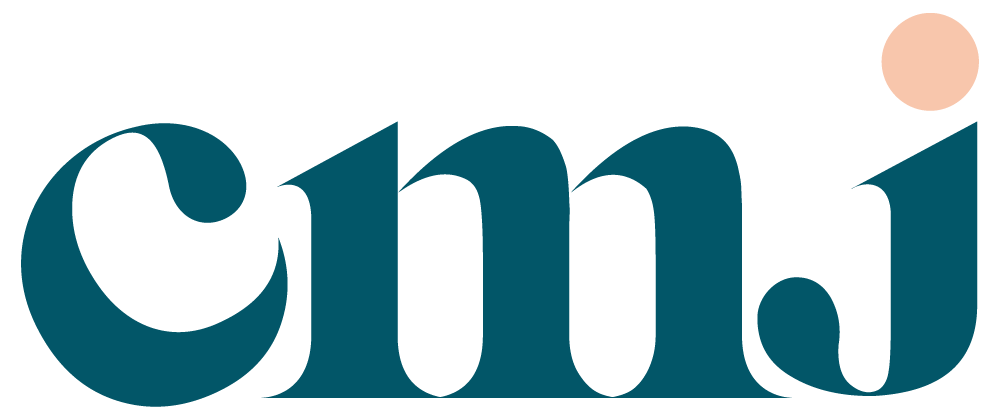How to Increase Community Engagement by 740%
Maggie was a VP of Operations at a growing startup. She had recently moved her family out of their home state and was juggling a job that took a lot of her energy during the 9-5, being a mom, and creating something she’d never created before: an engaged online community.
Her job mandate over the last year had been to “build an online community” and, by her self-assessment, she had failed.
Perhaps you feel like Maggie, that you’ve failed to reach your community’s potential. Or you just feel stuck. And that’s okay. Because I’m going to tell you how Maggie got unstuck when we worked together. Not only did Maggie get unstuck, but she actually increased engagement in her community from just 5% to 42% of her total membership. No matter where you are today, this is possible.
Step 1: Asking for help with engagement, realizing you don't have to go it alone
Reaching out to someone for help was step 1 for Maggie. She called me and told me she needed help. Sometimes a moment of vulnerability unlocks the one step you need to move ahead.
On our first call, I asked Maggie what “failure” meant to her, and she painted the picture of what she was facing: only 5% of their members were participating in conversations overall. Their software was costing them $90,000 a year. People complained, she started cataloging the complaints, but mostly people were not doing anything at all and would go elsewhere for help. And she was just one person!
Not everyone works for a company willing to plunk down $90k a year on a community platform. But Maggie felt the weight of that every day, and people were starting to ask her what was going on. She didn’t know what to tell them. She felt completely lost.
Two weeks later, our work began. Because Maggie had spent time talking to her members and surveying them, we were able to dive right in. (So if you haven’t done that yet, start. You’ll never regret talking to your people.) Then the insights started to flood in.
Step 2: Making your purpose crystal clear
Our work began with a standard assessment of her work thus far. We looked at her community’s purpose, personas, and needs -- this led us to solidify the value that the community would provide.
We also looked at what similar communities were doing and other communities that inspired Maggie. What we quickly learned was that Maggie felt inspired by spaces in which people could bring candid problems and get into the nitty gritty of solving them together. And while other communities existed to serve those in her niche, none targeted her hyperspecific professional persona: those that ran their own businesses and were trying to figure out everything on their own.
So we crystallized what we knew we wanted them to find in Maggie’s community: a place to ask any question, confidentially, and raise their profile as thought leaders.
Step 3: Bring people along for the ride
Once we understood what members needed, we were able to begin selecting new technology that would save Maggie money. Throughout, we were careful to engage members in this selection process. They were the ones who gave the final sign-off on the platform we chose, not Maggie.
Once we got member buy-in, we got to work planning the migration and engagement framework. Maggie worked closely with her developer to implement the “dream.” Together, we created content and programming created with the 7-part content framework (covered in the workshop here!).
Step 4: Keep going. Measure the results. You’re doing “enough.”
After the initial beta launch, we opened up to all members with a solid content plan informed by research, what wasn’t out there on the market, and what members needed. And we got to measuring our results.
Today, the forums are thriving, with over 42% of members participating in conversations each week, with low turnover. They expanded membership, doubling in 2020 and into 2021, knowing they could support new incoming members.
Because of the influx in revenue, Maggie hired a new Community Manager (CM), and the new CM is able to manage everything without stress - because the right tools and techniques are in place.
During the height of the COVID-19 pandemic, her community was struggling individually, but they were coming together for group yoga and reflections and contingency plans.
Maggie now spends her weekends skiing instead of answering emails and forum posts and wondering what she could be doing better.
This is the dream. AND it’s possible! I want this for you as much as you want it for yourself.
